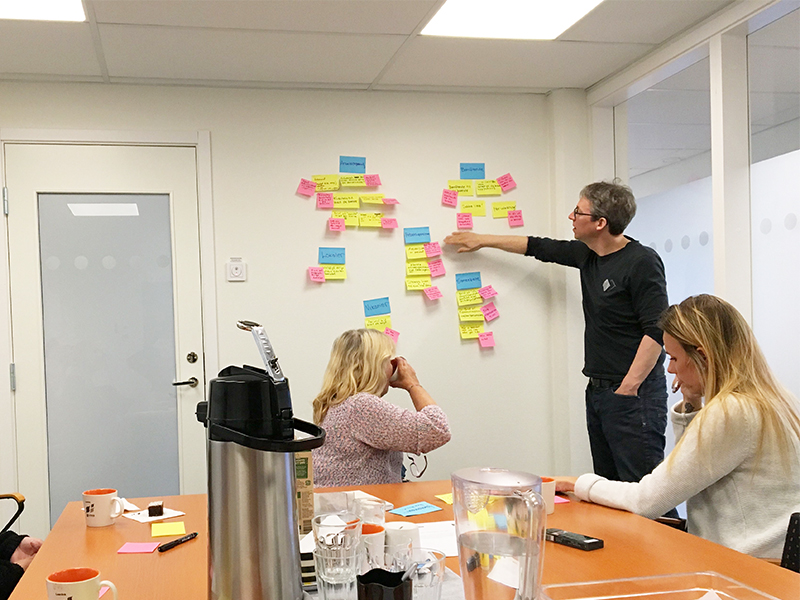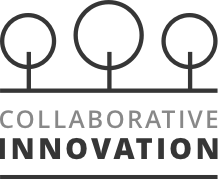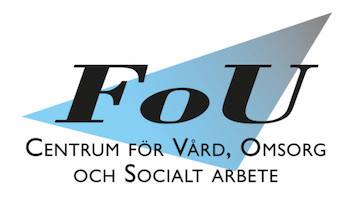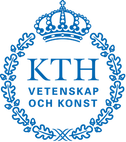AIM PROJECT


A one-year co-design project (May 2017 – May 2018) exploring the innovation capability and design possibilities in and around three municipality-driven group houses for people on the autistic spectrum. The residents, all diagnosed on the autistic spectrum, are subject to the Swedish Act concerning Support and Service for Persons with Certain Functional Impairments (LSS in Swedish), and are therefore provided with municipality support and the possibility to live in a group house with staff present 24 hours a day. The project partners were the three houses residents with autism, their relatives and legal guardians, municipality carers, the municipality care organization and the academic researchers. The co-design process allowed the project and the different partners to explore their everyday lives and activities in new ways, identify challenges and possibilities and to both design and innovate new ways of working, care solutions and tools to facilitate a better everyday life.
A one-year co-design project (May 2017 – May 2018) exploring the innovation capability and design possibilities in and around three municipality-driven group houses for people on the Autistic spectrum.The residents, all diagnosed on the autistic spectrum, are subject to the Swedish Act concerning Support and Service for Persons with Certain Functional Impairments (LSS in Swedish), and are therefore provided with municipality support and the possibility to live in a group house with staff present 24 hours a day. The project partners were the three houses residents with autism, their relatives and legal guardians, municipality carers, the municipality care organization and the academic researchers. The co-design process allowed the project and the different partners to explore their everyday lives and activities in new ways, identify challenges and possibilities and to both design and innovate new ways of working, care solutions and tools to facilitate a better everyday life.
BACKGROUND INFORMATION
Autism Spectrum Disorder
Autism is not one, but a range of different conditions and therefore is also referred to as autism spectrum disorder (ASD). On the autistic spectrum, one may find conditions related to a person’s social skills, behaviours, and communication. Some of the conditions may represent strengths, and others may challenge the affected person.
Three group homesThe AIM-project collaborate with three group homes in Linköping where people on the autistic spectrum can be referred to an apartment based on LSS. In each group house six people affected by autism live together supported by care staff. In two of the group houses the residents are between 20 and 35 years old and for many of them they just moved from their parents homes, while in the third house the residents are older. The three homes, located in different Linköping suburbs, all offer individual apartments to the residents, and some shared areas such as kitchen and dining-room, a common living room with for example a TV. Most apartments are composed by a bedroom, a kitchen, a bathroom and a combined dining and living room. The residents get individualized support (e.g. rides to and from work or other daytime activity, shopping assistance, help with cleaning, etc) and ‘everyday life’ training (e.g. how to take the bus, how to eat healthy, and how to handle social situations).
Project motivation
The partners see possibilities for local innovation around social care and LSS. The AIM project allow the initiation of co-design and innovation actions where care staff, residents and other stakeholders get actively involved and co-drivers of innovation. Also, it is interesting to explore innovation potentials and what co-design processes with staff-members in semi-autonomous care teams can bring with them, both short and long term, from for example democracy and group-perception perspectives.
Autism is not one, but a range of different conditions and therefore is also referred to as autism spectrum disorder (ASD). On the autistic spectrum, one may find conditions related to a person’s social skills, behaviours, and communication. Some of the conditions may represent strengths, and others may challenge the affected person.
Three group homesThe AIM-project collaborate with three group homes in Linköping where people on the autistic spectrum can be referred to an apartment based on LSS. In each group house six people affected by autism live together supported by care staff. In two of the group houses the residents are between 20 and 35 years old and for many of them they just moved from their parents homes, while in the third house the residents are older. The three homes, located in different Linköping suburbs, all offer individual apartments to the residents, and some shared areas such as kitchen and dining-room, a common living room with for example a TV. Most apartments are composed by a bedroom, a kitchen, a bathroom and a combined dining and living room. The residents get individualized support (e.g. rides to and from work or other daytime activity, shopping assistance, help with cleaning, etc) and ‘everyday life’ training (e.g. how to take the bus, how to eat healthy, and how to handle social situations).
Project motivation
The partners see possibilities for local innovation around social care and LSS. The AIM project allow the initiation of co-design and innovation actions where care staff, residents and other stakeholders get actively involved and co-drivers of innovation. Also, it is interesting to explore innovation potentials and what co-design processes with staff-members in semi-autonomous care teams can bring with them, both short and long term, from for example democracy and group-perception perspectives.
activities
Workshops
Different workshops, together with the group home residents, their professional carers, family members, legal guardians and members of the municipality care organization.
Observations
Observations of the three group homes, their staff and residents have been conducted.
Semi-structured interviews
Interviews with staff, residents, family members, local leaders, care organization representatives and others have been conducted.
"Home-work"
Stakeholders were asked to do certain ‘home-works’ between some project meetings, being dedicated information generation, design or analysis activities to inform the project work.
Experiments
Stakeholders engaged in design experiments to explore the potentials in the identified innovation proposals.
Student assignments
Two groups of students (five students in total) have been affiliated with the project and performed work related to co-design and autism.
OUTCOME
Bi-weekly meetings
New ways for staff-members to conduct bi-weekly meetings.
Volunteering relatives
Exploring possibilities with volunteering and the involvement of relatives in day-to-day care activities.
Garbage sorting
Staff and residents are in the process of designing novel garbage sorting instructions and routines for the residents
Music instruments
Music instruments that can assist with rhythms and music creation for both musical able and less able players
Communication
Rethinking the contact surface between staff members and the care administration.
Quality time
Implementing new work routines to enable a higher level of ‘quality time’ between residents and care staff.



